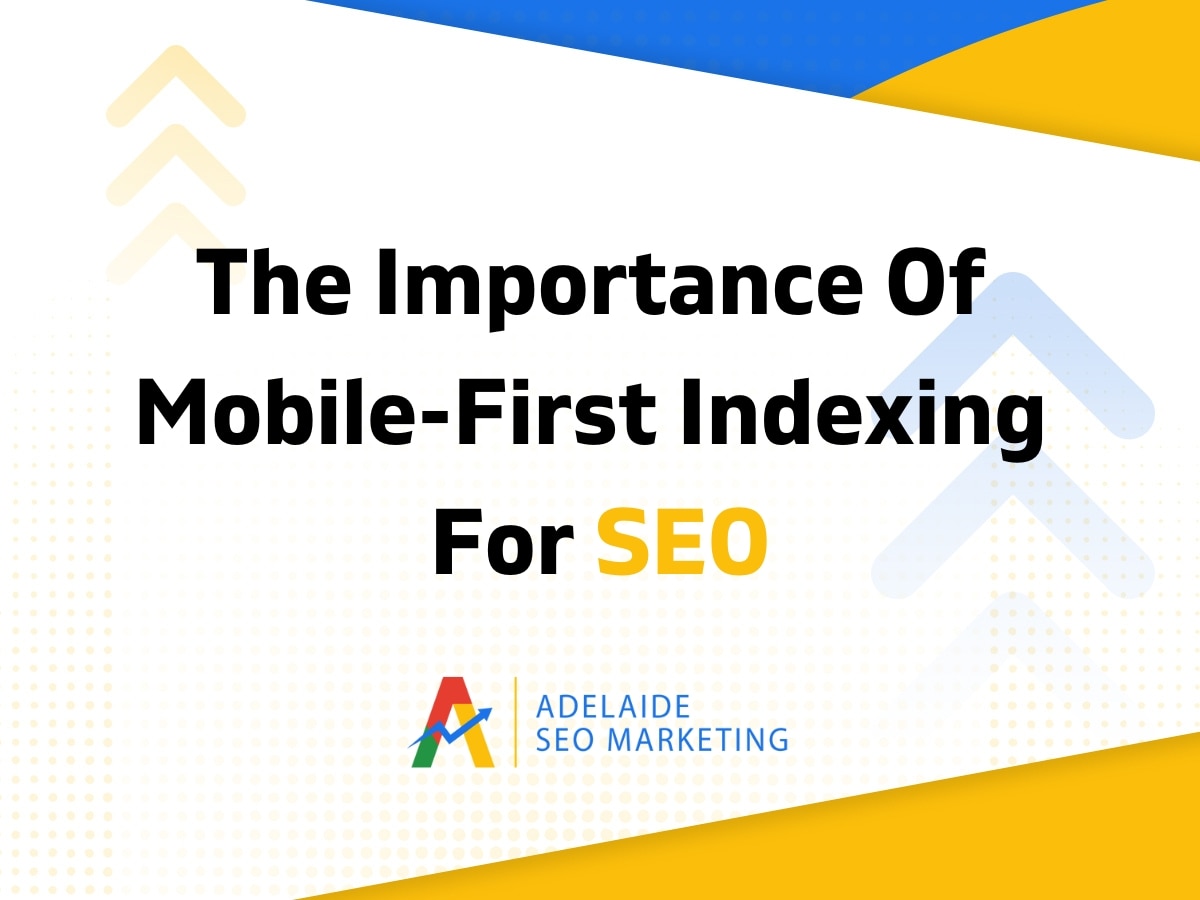In the digital age, mobile devices have become a primary source of internet access for many users. Recognising this shift, Google has implemented mobile-first indexing, prioritising the mobile version of a website for indexing and ranking. This significant change underscores the importance of mobile optimisation for SEO.
Understanding Mobile-First Indexing
Mobile-first indexing means that Google predominantly uses the mobile version of a website’s content for indexing and ranking. Previously, Google’s index primarily used the desktop version of a webpage’s content. However, with the rise in mobile internet usage, Google decided to shift its focus to mobile versions to better assist its primarily mobile users.
This change doesn’t mean that Google only uses the mobile site for indexing; it means that the mobile site is considered the primary version of your website. If your site doesn’t have a mobile version, Google will still index the desktop version.
Why Mobile-First Indexing is Important
The shift to mobile-first indexing is a response to the changing internet usage patterns. With over half of global web traffic coming from mobile devices, it’s clear that the future of internet browsing is mobile.
Mobile-first indexing is crucial for SEO because it directly impacts how Google views your site. If your mobile site isn’t optimised, it could hurt your rankings. On the other hand, a well-optimised mobile site can lead to improved rankings, not just on mobile search results, but on desktop results as well.
Optimising Your Website for Mobile-First Indexing
To ensure your website is ready for mobile-first indexing, consider the following strategies:
- Responsive Design: A responsive design ensures that your website adjusts to fit any screen size. This is Google’s recommended design pattern.
- Speed Optimisation: Mobile users often have slower internet connections than desktop users. Optimise your site’s speed by compressing images, minifying code, and leveraging browser caching.
- User Experience: Make sure your site is easy to use on mobile devices. Buttons should be large enough to click, and text should be large enough to read without zooming.
- Content Consistency: Ensure that your mobile site has the same content as your desktop site. This includes text, images, and videos. If your mobile site has less content, it could hurt your rankings.
- Structured Data: Include the same structured data on both versions of your site. This can help Google understand the content on your pages and provide more informative results to users.
Conclusion
Mobile-first indexing represents a significant shift in the way Google views websites. As mobile usage continues to grow, it’s more important than ever to ensure your website is optimised for mobile devices. By focusing on responsive design, speed optimisation, user experience, content consistency, and structured data, you can ensure your website is ready for mobile-first indexing and set up for SEO success.
Need help preparing your website for mobile-first indexing? At Adelaide SEO Marketing, we can help. We offer comprehensive SEO services, including mobile optimisation, to help your website rank higher in Google’s search results. Contact us today to learn more about our services and how we can help your business succeed in the digital age.
SEO That Converts: More Clicks, More Customers.
Your journey to online success begins here, with Adelaide SEO Marketing. We’re not just a service; we’re your partners in growth.







